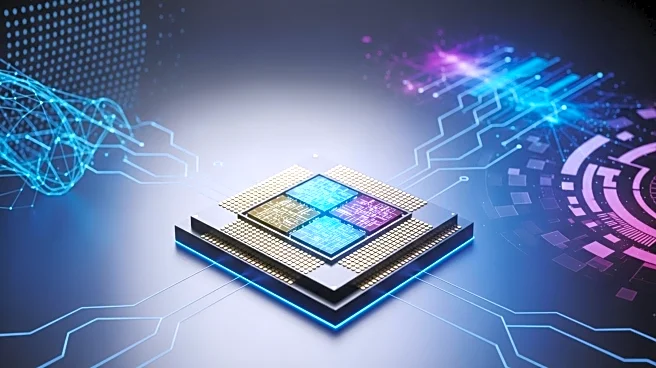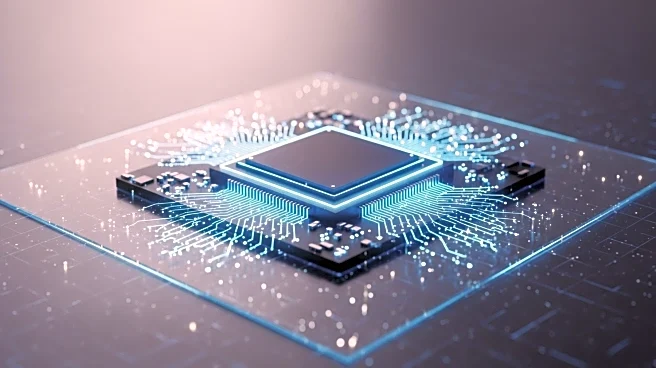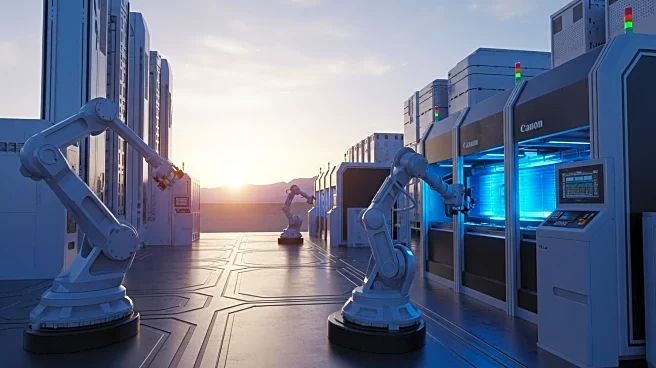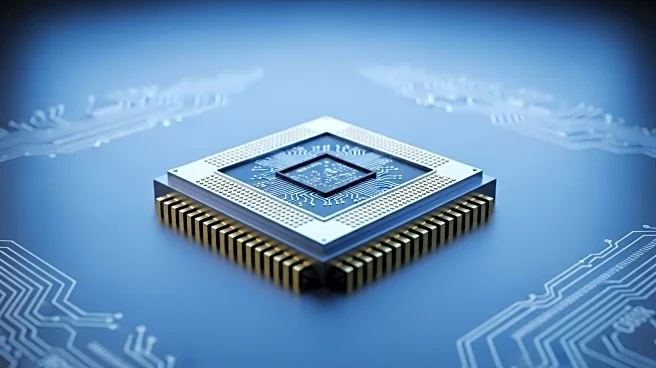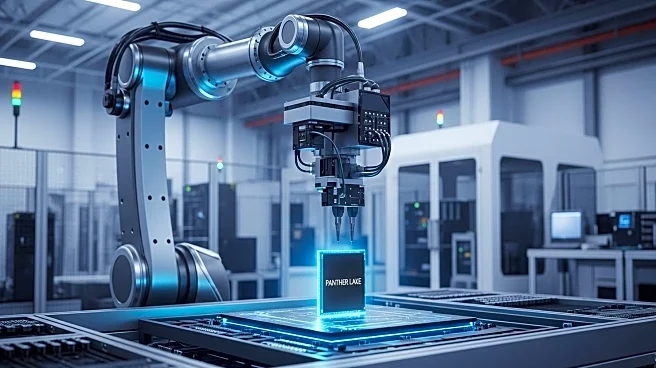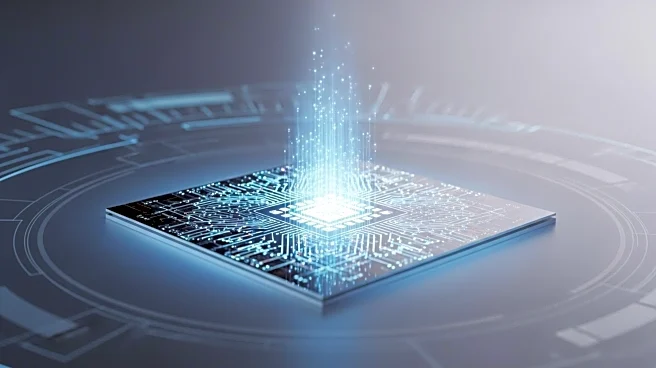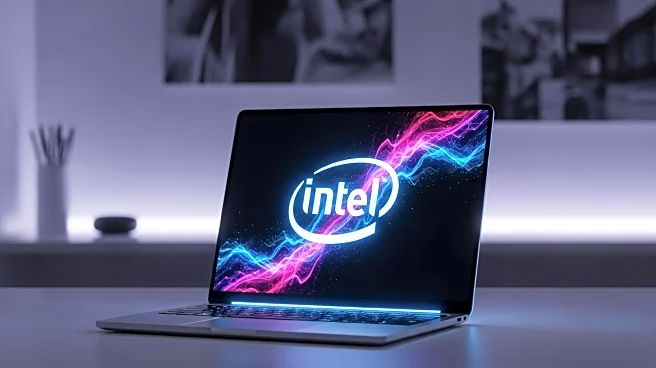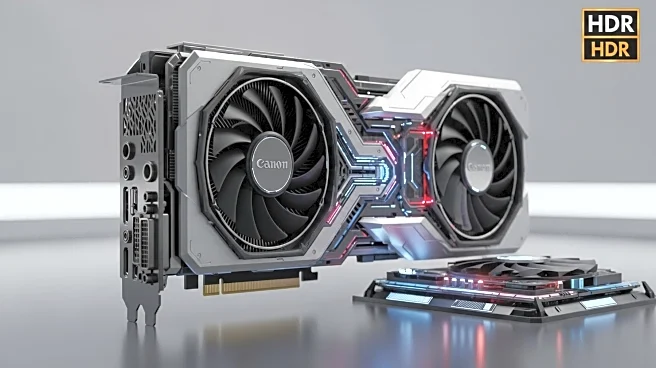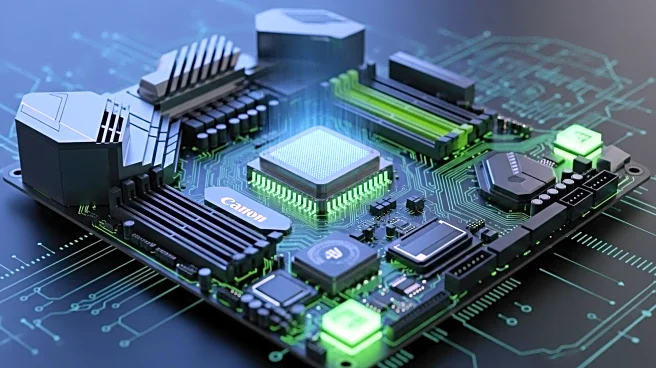What is the story about?
What's Happening?
Intel has announced that its upcoming Panther Lake CPU architecture will not include simultaneous multithreading (SMT), a decision influenced by the integration of hybrid cores. Intel's lead x86 CPU architect, Stephen Robinson, explained that SMT is less valuable in hybrid architectures, where workloads are distributed between P-Cores for heavy tasks and E-Cores for lighter ones. This approach has been in use since the 12th Gen Alder Lake processors, and the trend continues with Panther Lake, which aims to optimize performance by freeing up silicon previously used for SMT. This allows the chip to be smaller, lower power, and achieve frequency targets more easily.
Why It's Important?
The decision to abandon SMT in favor of hybrid cores reflects a significant shift in CPU design philosophy, potentially impacting the performance and efficiency of future Intel processors. By optimizing workload distribution between different core types, Intel aims to enhance the overall efficiency of its CPUs, which could lead to better performance in consumer and gaming applications. This move may influence other CPU manufacturers to reconsider their approach to multithreading and hybrid core integration, potentially reshaping the competitive landscape in the semiconductor industry.
What's Next?
As Intel continues to develop its Panther Lake architecture, the focus will likely be on maximizing the benefits of hybrid cores. This could lead to further innovations in CPU design, with potential improvements in power efficiency and performance. Stakeholders, including tech companies and consumers, will be watching closely to see how these changes affect the market and whether other manufacturers will adopt similar strategies. Intel's approach may also prompt discussions on the future of multithreading in CPU design.
Beyond the Headlines
The shift away from SMT in favor of hybrid cores may have broader implications for software development and optimization. Developers may need to adapt their applications to take full advantage of the new architecture, potentially leading to changes in programming practices and tools. Additionally, this development could influence the direction of research in CPU design, encouraging exploration of alternative methods for improving performance and efficiency.
AI Generated Content
Do you find this article useful?
